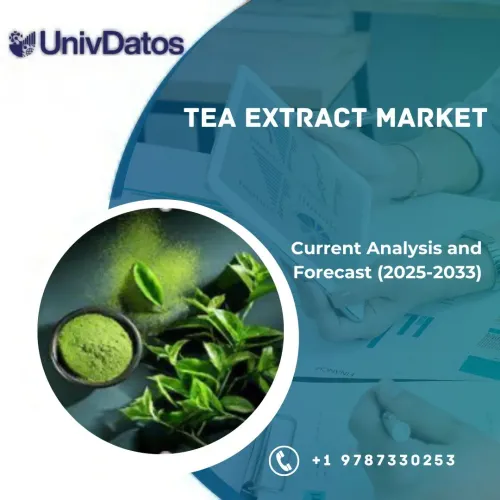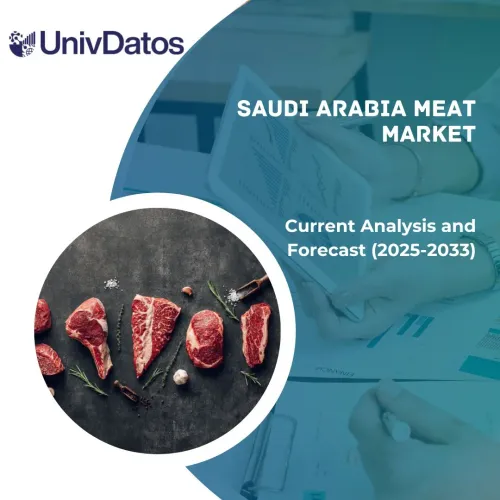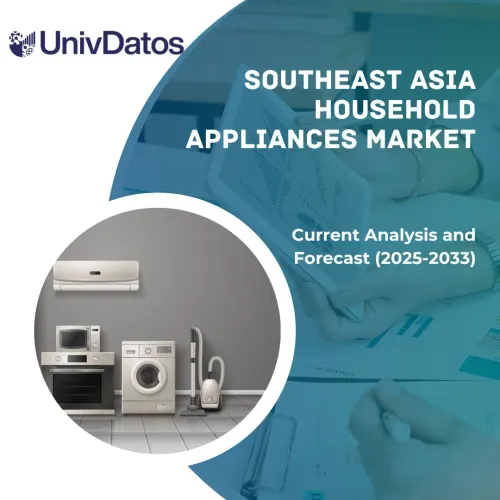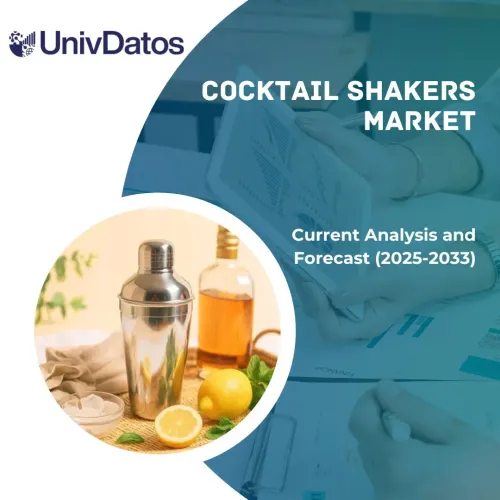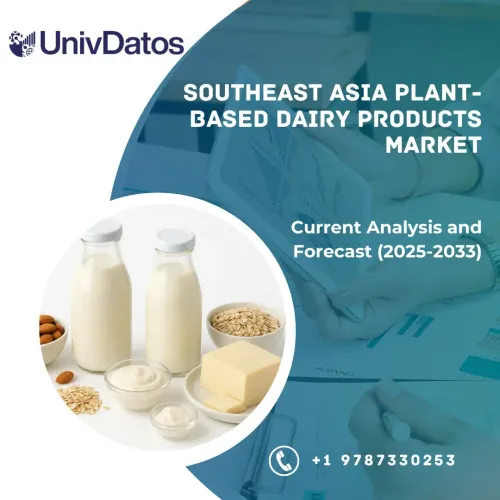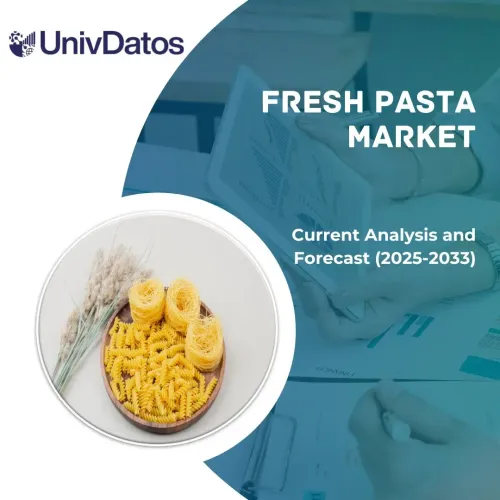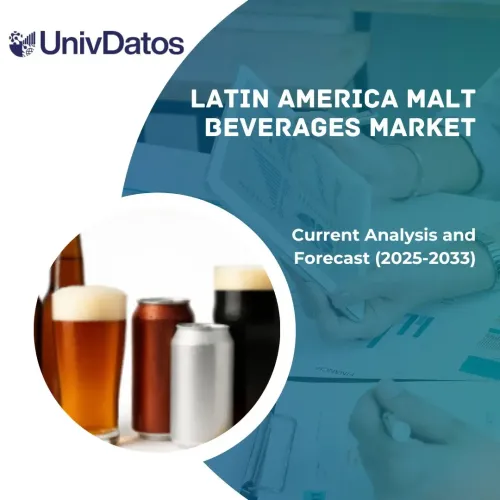- Home
- About Us
- Industry
- Services
- Reading
- Contact Us
India Online Grocery Market: Current Analysis and Forecast (2021-2027)
Emphasis on Category (Fresh Produce, Breakfast & Dairy, Snacks & Beverages, Meat & Seafood, Staples & Cooking Essentials, Others); Payment Method (Online, Cash on Delivery, E-Wallets, Others); Purchase Type (One-Time Purchase, Subscription); Platform Type (App-Based, Web-Based); Region/Country
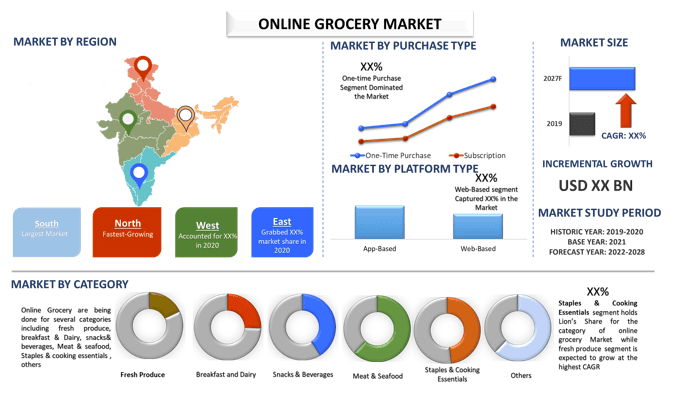
India Online Grocery Market was valued at US$ 2.7 Billion in 2020 and is anticipated to reach US$ 58.5 Billion by 2027 displaying an elevated CAGR of 52.3% over the forecast period (2021-2027).
A rise in internet penetration, rising working women, hectic lifestyle in India are some of the prominent reasons, contributing to the market of e-grocery. With over 560 million internet users, India is the second-largest online market in the world, ranked only behind China. It was estimated that by 2023, there would be over 650 million internet users in the country. Despite the large base of internet users, the internet penetration rate in the country stood at around 50 percent in 2020. his meant that around half of the 1.37 billion Indians had internet access that year. There has been a consistent increase in internet accessibility compared to just five years ago when the internet penetration rate was around 27 percent. Furthermore, The number of Indian internet users is expected to increase by 45% in the next five years to 900 million in 2025 from around 622 million in 2020, as revealed by IAMAI-Kantar ICUBE 2020. This increase will be driven by higher adoption in rural India, which has clocked a 13% growth to 299 million internet users over the past year, or 31% of India’s rural population.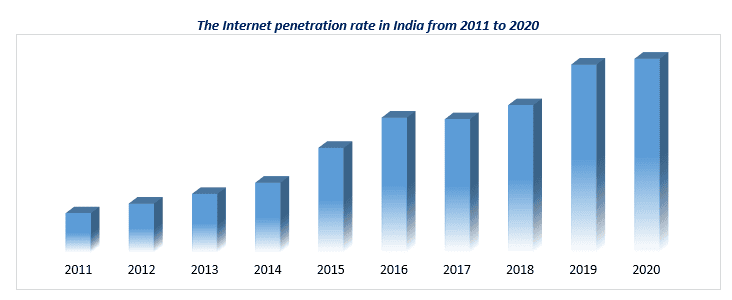
Amazon India Pvt. Ltd., Godrej Nature’s Basket Ltd., Grofers India Pvt. Ltd., Paytm E-Commerce Pvt. Ltd. (Paytm Mall), Reliance Retail Ltd. (Reliance Fresh), Spencer’s Retail, Supermarket Grocery Supplies Pvt. Ltd. (BigBasket), UrDoorstep eRetail Pvt. Ltd., ZopNow Retail Pvt Ltd and MyGrahak Shopping Online Limited, etc, are some of the prominent players operating in the Online Grocery market. Several M&As along with partnerships have been undertaken by these players to facilitate customers with hi-tech and innovative products.
Insights Presented in the Report
“Amongst Category, Staples & Cooking essentials segment holds the major share”
Based on the Category, the market is fragmented into Fresh Produce, Breakfast & Dairy, Snacks & Beverages, Meat & Seafood, Staples& Cooking essentials, and Others. The Staples and Cooking essential segment of the India Online Grocery Market grabbed the major market share and dominated the market.
“Amongst Payment Method, Cash on the Delivery segment to dominate the market during the forecast period”
Based on the Payment Method, the market is fragmented into Online, Cash on Delivery, E-Wallets, and Others. The Cash on Delivery segment grabbed major market share in 2020. However, the online segment would emerge in the forecast period and would witness the highest CAGR during the forthcoming period as well.
“Amongst Purchase Type, Palletizing segment grabbed Major Market share in 2020”
Based on Purchase type, the market is fragmented into One-Time purchase and Subscription. The one-time purchase segment grabbed major market revenue share in 2020. However, the subscription segment would emerge in the forecast period and would witness the highest CAGR during the forthcoming period as well
Amongst Platform Type, Web-Based segment grabbed Major Market share in 2020”
Based on the platform type, the market is segmented into App-based and Web-based. Web-based segment grabbed significant market share in 2020. Moreover, this segment is expected to showcase a considerable growth during 2021-2027. Furthermore, the app-based segment is expected to witness the highest CAGR during the forecast period.
“South India represents one of the largest markets of Online Grocery market”
For a better understanding of the market dynamics of the Online Grocery market, a detailed analysis was conducted for different regions across the globe including East, West, North, and South. South region dominated the market owing to the change in lifestyle and growing demand for processed and packaged food.
Reasons to buy this report:
- The study includes market sizing and forecasting analysis validated by authenticated key industry experts
- The report presents a quick review of overall industry performance at one glance
- The report covers an in-depth analysis of prominent industry peers with a primary focus on key business financials, product portfolio, expansion strategies, and recent developments
- Detailed examination of drivers, restraints, key trends, and opportunities prevailing in the industry
- The study comprehensively covers the market across different segments
- Deep dive regional level analysis of the industry
Customization Options:
The Online Grocery Market can further be customized as per the requirement or any other market segment. Besides this, UMI understands that you may have your own business needs, hence feel free to connect with us to get a report that completely suits your requirements.
Table of Content
Analyzing the historical market, estimation of the current market, and forecasting the future market of the Online Grocery Market were the three major steps undertaken to create and analyze the demand for Online Grocery across major regions. Exhaustive secondary research was conducted to collect the historical market numbers and estimate the current market size. Secondly, to validate these insights, numerous findings and assumptions were taken into consideration. Moreover, exhaustive primary interviews were also conducted, with industry experts across the value chain of the Online Grocery market. Post assumption and validation of market numbers through primary interviews, we employed a top-down/ bottom-up approach to forecast the complete market size. Thereafter, market breakdown and data triangulation methods were adopted to estimate and analyze the market size of segments and sub-segments the industry pertains to. Detailed methodology is explained below:
Analysis of Historical Market Size
Step 1: In-Depth Study of Secondary Sources:
Detailed secondary study was conducted to obtain the historical market size of the Online Grocery through company internal sources such as annual reports & financial statements, performance presentations, press releases, etc., and external sources including journals, news & articles, government publications, competitor publications, sector reports, third-party database, and other credible publications.
Step 2: Market Segmentation:
After obtaining the historical market size of the Online Grocery market, we conducted a detailed secondary analysis to gather historical market insights and share for category, payment method, purchase type, and platform type for major regions. Major segments included in the report are category and payment method. Further region-level analyses were conducted to evaluate the overall adoption of Online Grocery across the globe.
Step 3: Factor Analysis:
After acquiring the historical market size of different segments and sub-segments, we conducted a detailed factor analysis to estimate the current market size of Online Grocery. Further, we conducted factor analysis using dependent and independent variables such as Growing Demand for Processed and Packaged food, rise in disposable income, etc., A thorough analysis was conducted for demand and supply-side scenarios considering top partnerships, merger and acquisition, business expansion, and product launches in the Online Grocery industry across the country.
Current Market Size Estimate & Forecast
Current Market Sizing: Based on actionable insights from the above 3 steps, we arrived at the current market size, key players in the Online Grocery market, and market shares of the segments. All the required percentage shares split, and market breakdowns were determined using the above-mentioned secondary approach and were verified through primary interviews.
Estimation & Forecasting: For market estimation and forecast, weightage was assigned to different factors including drivers & trends, restraints, and opportunities available for the stakeholders. After analyzing these factors, relevant forecasting techniques i.e. bottom-up/ top-down approach was applied to arrive at the market forecast about 2027 for different segments and subsegments across the major markets globally. The research methodology adopted to estimate the market size encompasses:
- The industry’s market size, in terms of value (US$) and the adoption rate of Online Grocery across the major markets domestically
- All percentage shares, splits, and breakdowns of market segments and sub-segments
- Key players in the Online Grocery market in terms of services offered. Also, the growth strategies adopted by these players to compete in the fast-growing market
Market Size and Share Validation
Primary Research: In-depth interviews were conducted with the Key Opinion Leaders (KOLs) including Top Level Executives (CXO/VPs, Sales Head, Marketing Head, Operational Head, and Regional Head, Country Head, etc.) across major regions. Primary research findings were then summarized, and statistical analysis was performed to prove the stated hypothesis. Inputs from primary research were consolidated with secondary findings, hence turning information into actionable insights.
Split of Primary Participants in Different Regions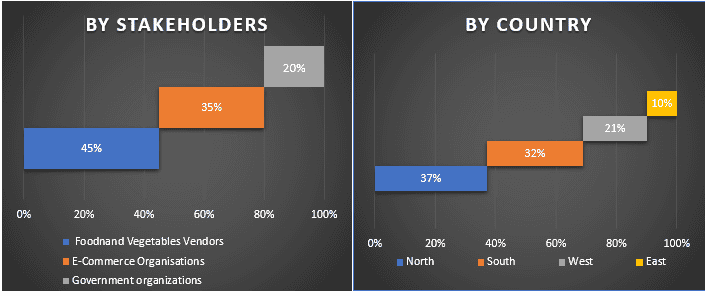
Market Engineering
Data triangulation technique was employed to complete the overall market estimation and to arrive at precise statistical numbers of each segment and sub-segment of the Online Grocery market. Data was split into several segments & sub-segments post studying various parameters and trends in the areas of category, payment method, purchase type, and platform type of the Online Grocery market.
Main Objective of the Online Grocery Market Study
The current & future market trends of Online Grocery were pinpointed in the study. Investors can gain strategic insights to base their discretion for investments from the qualitative and quantitative analysis performed in the study. Current and future market trends were determined the overall attractiveness of the market at a regional level, providing a platform for the industrial participant to exploit the untapped market to benefit as a first-mover advantage. Other quantitative goals of the studies include:
- Analyze the current and forecast market size of Online Grocery in terms of value (US$). Also, analyze the current and forecast market size of different segments and sub-segments
- Segments in the study include areas of category, payment method, purchase type, and platform type
- Define and analysis of the regulatory framework for the Online Grocery industry
- Analyze the value chain involved with the presence of various intermediaries, along with analyzing customer and competitor behaviors of the industry
- Analyze the current and forecast market size of the Online Grocery market for the major countries
- The major region studied in the report includes East, West, North, and South
- Company profiles of the Online Grocery market and the growth strategies adopted by the market players to sustain in the fast-growing market
Deep dive regional level analysis of the industry
Related Reports
Customers who bought this item also bought

